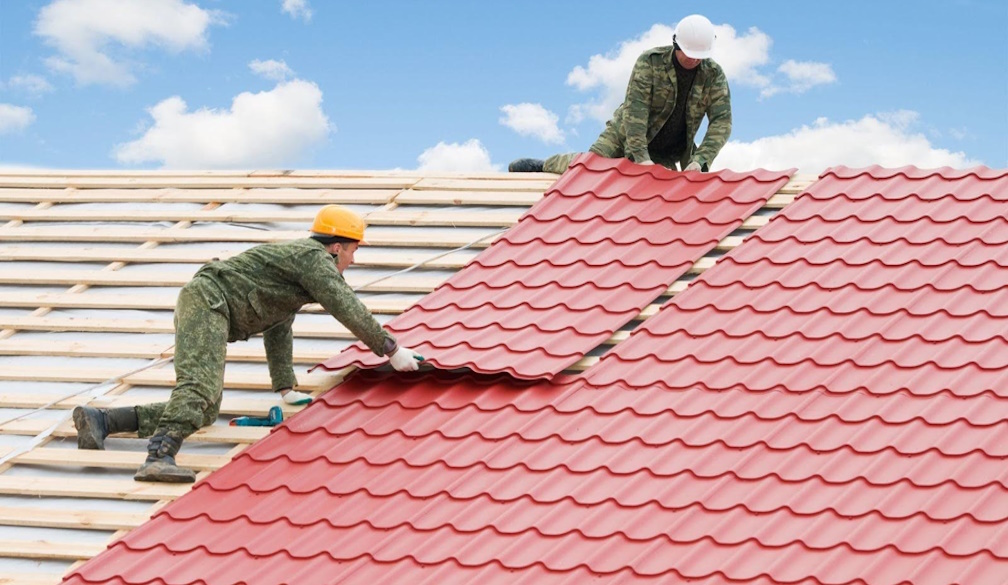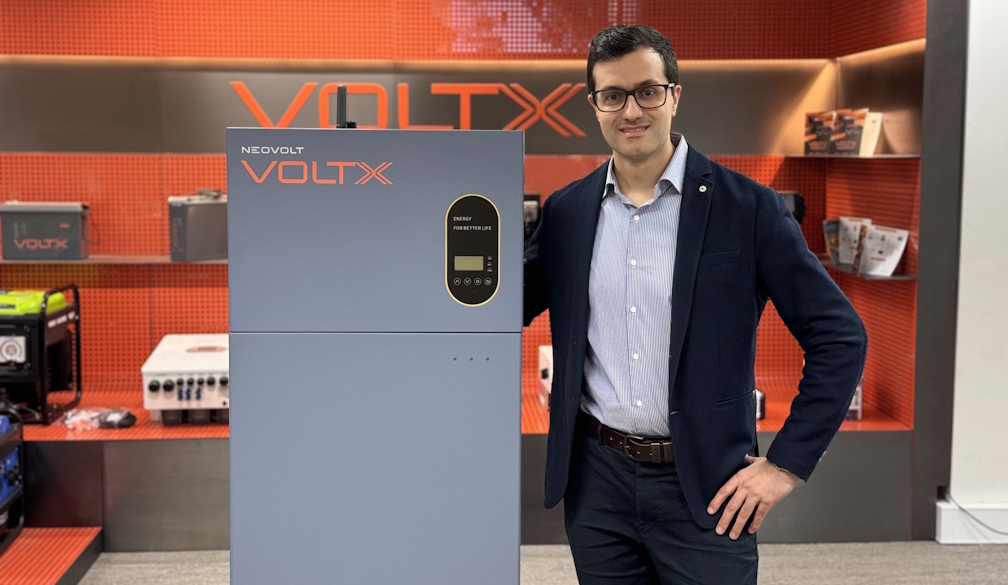Metal Roof Replacement Cost Per Square Metre in 2025: A Comprehensive Guide for Australian Homeowners

In recent years, the trend of installing metal roofs has surged across Australia. With their reputation for being both robust and visually appealing, it's easy to understand their growing popularity. For homeowners contemplating a new roof, recognising the current costs and estimating future expenses is crucial. Various factors, from material choices to regional labour rates, impact the overall price. This comprehensive guide aims to shed light on what Australians can anticipate in 2025 regarding metal roof replacement costs.
Factors Influencing Metal Roof Replacement Costs
Several elements play a role in determining the cost of replacing a metal roof. First, the material choice is a significant factor. Metals like steel, aluminium, and copper vary distinctly in price. Steel, often the most affordable, is common due to its durability; however, aluminium is prized for its resistance to corrosion. Copper, while the most expensive, offers unparalleled aesthetics and longevity.
The size and slope of a roof also affect costs. A larger roof naturally requires more materials and increases labour time. Steeper roofs might require additional safety equipment and expertise, leading to higher installation prices.
Labour costs, an essential component of the overall expense, can differ across Australia. Urban areas often have higher labour rates due to increased living costs, while regional locations might offer more competitive pricing.
Additional features and customisations, like skylights or solar panel integration, further influence costs. While they enhance functionality, they also require specialised skills and materials, driving up the total cost.
Understanding the Cost Per Square Metre in 2025
Historical data provides valuable insights into pricing trends. Over the past decade, metal roof costs have seen a steady increase, influenced by rising material prices and demand for skilled labour. Looking ahead to 2025, several factors could shape the market.
Predictions suggest that metal roof replacement costs will continue to rise, driven by global economic trends. Material prices, influenced by supply chain disruptions and increasing demand, are anticipated to continue their upward trajectory.
Economic factors, such as inflation and currency fluctuations, further affect both material and labour costs. Regions across Australia will likely experience varied pricing, influenced by local economic conditions. Metropolitan areas may see higher costs compared to rural regions due to differing demand levels.
Benefits of Metal Roof Replacement
Despite the costs, metal roof replacements offer numerous benefits. Known for their durability, metal roofs typically outlast those made from other materials like asphalt or tile. Their longevity makes them a wise long-term investment.
Another advantage is energy efficiency. Metal roofs can reflect solar heat, helping to keep homes cooler in the summer and reducing air conditioning costs. This energy efficiency can lead to substantial savings on electricity bills over time.
Enhancing both property value and aesthetic appeal, metal roofs offer homeowners an opportunity to boost their home's marketability. Environmentally conscious homeowners will also appreciate that metal roofing materials are often recyclable, contributing to sustainability efforts.
How to Budget for a Metal Roof Replacement
When planning a metal roof replacement, calculating the total cost is essential. This includes not just the installation, but also the removal and disposal of the old roof. Factoring in all components provides a clearer budget picture.
Choosing the right contractor is critical. Experienced professionals ensure the quality of work, which impacts the roof's longevity. Researching contractors, reading reviews, and checking credentials can help homeowners make informed decisions.
Financing options offer another avenue for homeowners. Some banks offer loans tailored for home improvements. Additionally, government rebates or incentives can offset costs, so it's worth investigating any available programmes.
Preparing for potential unexpected costs is wise. During the replacement process, unforeseen issues, like structural repairs, might arise. Setting aside a contingency fund can alleviate financial stress.
Choosing the Right Metal Roof for Your Home
Selecting the perfect metal roof involves several considerations. Different roofing styles, such as standing seam or corrugated metal, vary in both price and appearance. Evaluating personal preferences against budget constraints will guide the decision.
Colour and finish options not only enhance curb appeal but also affect thermal efficiency. Choosing finishes that reflect sunlight can improve energy savings, particularly in hotter Australian climates.
Understanding maintenance requirements helps homeowners plan for long-term costs. While metal roofs generally require less upkeep, periodic inspections ensure durability and performance.
Warranties and industry standards are crucial when selecting materials and contractors. A strong warranty provides peace of mind by covering potential defects, while adherence to industry standards guarantees quality and safety.
Final Thoughts on Metal Roof Replacement Costs
In summary, understanding the nuances of metal roof replacement costs is essential for Australian homeowners. This guide has highlighted key considerations, from material choices and cost predictions to benefits and budgeting tips. Thorough research and planning are paramount in anticipating the financial implications. It's always recommended for homeowners to seek professional advice for tailored solutions, ensuring they make well-informed investment decisions. Looking towards 2025, investing in a metal roof promises to enhance property value, energy efficiency, and long-term sustainability.

















